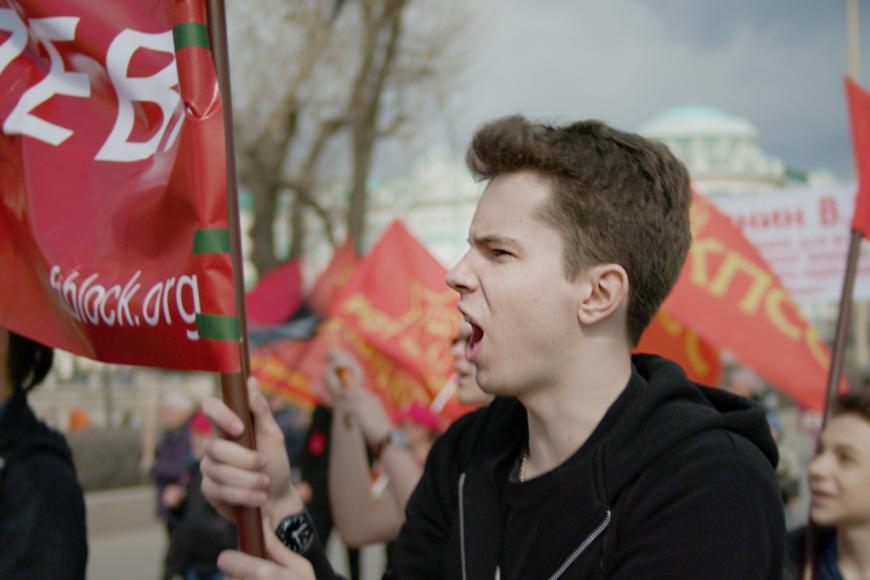
The Gullspång Miracle
In the Swedish town of Gullspång, Kari and May meet a woman who looks exactly like their sister Lita who died more than 30 years ago. No coincidence: Olaug was born on the same day as Lita in the rural north of Norway; a DNA test confirms that the two were born as twin sisters. The happy reunion with Kari, May and the rest of the family, though, soon shows the first cracks. At the age of 80, Olaug’s identity is shattered. Why did her parents give her away? Will she fit in with her new, deeply religious kin? She does not believe in divine revelations. Instead, she is haunted by Lita’s alleged suicide – and indeed her investigative research raises questions about the circumstances of that death.
At least at one point in the film, director Maria Fredriksson is audibly dumbfounded behind the camera. What starts as a feel-good film becomes a character study of identity, then a kind of true-crime and finally a mystery story. The direction takes it up a notch, sometimes to dramatic, sometimes to quite funny effect: The perfectly lighted country houses with portrait photos on the walls and the ironically suggestive use of music are reminiscent of “Twin Peaks.” Sometimes life writes the crazier plot twists.


